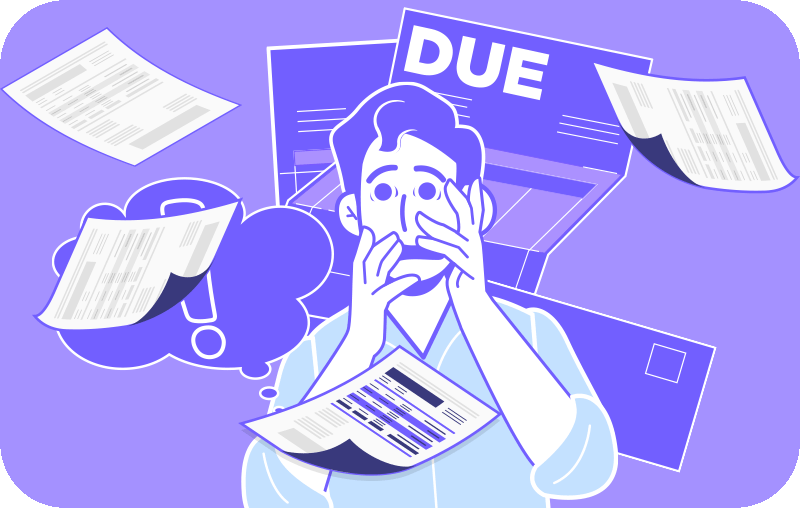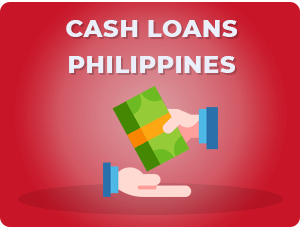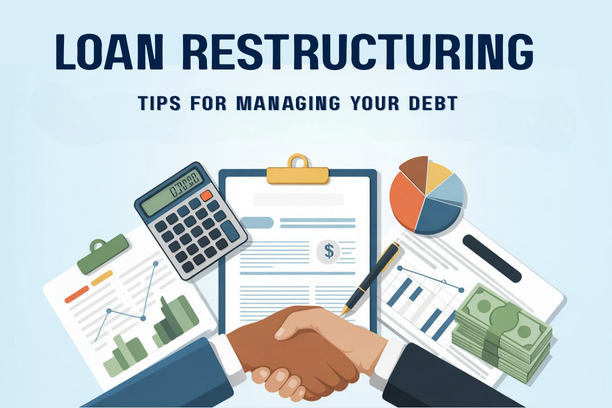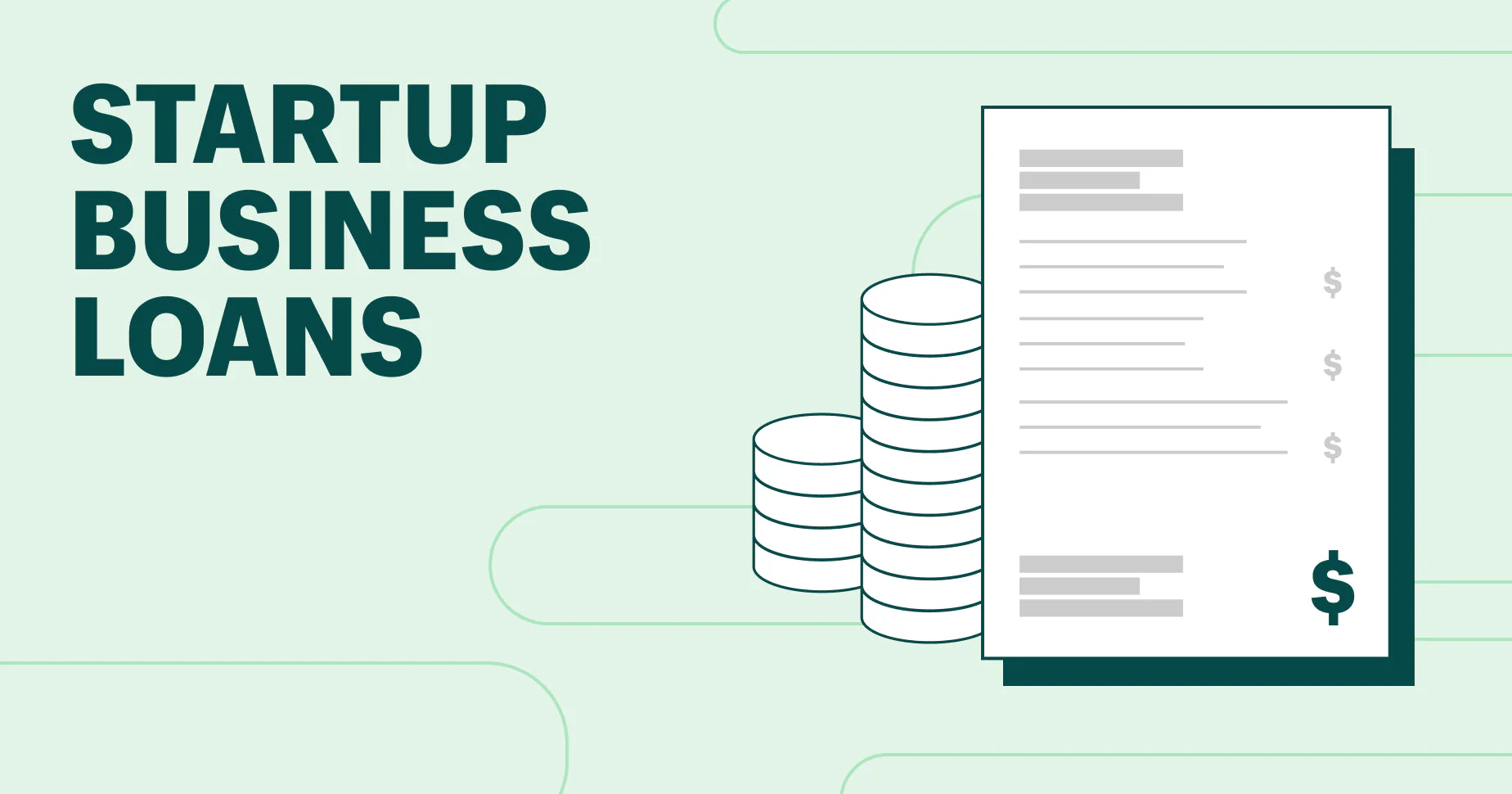Life in the Philippines can be unpredictable, and sometimes an urgent financial need arises unexpectedly. For many, a fast cash loan can be a lifesaver, providing immediate access to funds to cover medical emergencies, urgent bills, or other unexpected expenses. However, the world of quick lending can be confusing and fraught with risks if you don’t know what you’re getting into. This comprehensive guide will demystify fast cash loans in the Philippines, explaining what they are, the general mechanics of how they operate, and, most importantly, the crucial information you need to be aware of before you apply.
An Introduction to Fast Cash Loans in the Philippines and How They Work
To make an informed decision, it’s essential to first grasp the basic terminology and mechanics of how fast cash loans function. These loans are designed to be a quick solution, but their simplicity also means they differ significantly from traditional financial products. This section will clarify the fundamental components of fast cash loans in the Philippines, from their core purpose to their unique application process.
![]()
What are Fast Cash Loans in the Philippines?
Fast cash loans are a type of short-term, unsecured loan designed for quick approval and disbursement. Unlike traditional bank loans, which often have lengthy application processes and require extensive documentation, these loans are characterized by their speed and convenience. They are widely available through various channels, most notably through online lending apps and licensed lending companies regulated by the Securities and Exchange Commission (SEC) in the Philippines. They are often marketed under different names such as “salary loans,” “quick cash loans,” or “emergency loans.” The typical loan amount is relatively small, ranging from a few thousand pesos up to a maximum of around PHP 20,000 to PHP 30,000, which is sufficient for many short-term financial needs. The appeal of these loans lies in their accessibility; they often require minimal documentation, making them a popular choice for those who might not have a strong credit history or cannot meet the strict requirements of a traditional bank. The process is almost entirely digital, from application to disbursement, with funds often transferred directly to the borrower’s GCash account, bank account, or other mobile wallets within minutes or hours of approval.
The convenience of these fast cash loans in the Philippines is their most significant selling point. For a borrower facing a sudden expense, the ability to apply and receive funds on the same day can be invaluable. However, this convenience comes at a cost, as these loans typically carry much higher interest rates and fees compared to long-term personal loans from established banks. The interest rate, often expressed as a daily or weekly fee, can add up quickly. This is why it is crucial to fully understand the terms and conditions before committing to a loan. While fast cash loans fill a critical need for quick liquidity, they should be used with caution and only when absolutely necessary, with a clear plan for repayment to avoid falling into a cycle of debt. It is this balance of immediate accessibility versus high cost that defines the nature of these loans, making them a useful tool for some but a potential trap for others. The rapid growth of online lenders in the country has made these loans more prevalent than ever, emphasizing the need for borrowers to be well-informed.
The Basic Process of Applying for a Fast Cash Loan
The beauty of fast cash loans in the Philippines is their straightforward process. While the exact steps may vary slightly between lenders, the overall journey from application to disbursement is designed to be as quick and painless as possible. Here is a general breakdown of the key stages you can expect when you decide to apply for a fast cash loan from a reputable, SEC-registered lender. The first step is to choose a lender, and it is highly recommended to only use online lending apps and companies that are properly registered with the SEC Philippines to ensure you are protected from fraudulent entities. Once you have chosen a lender, you will typically need to download their mobile app or visit their website. The application form will require basic personal information, such as your full name, address, contact details, and a valid email address. You will also need to provide a valid government-issued ID, with common examples being a UMID, SSS, or Passport, and proof of income. This proof of income can be a payslip, a certificate of employment, or for self-employed individuals, a bank statement or proof of business registration.
After submitting your application and all required documents, the lender’s system will review your information. This is where the “fast” part of the process comes in. Many lenders use automated credit scoring systems that can approve or deny an application in a matter of minutes or hours, rather than days or weeks. This is a stark contrast to traditional bank loans, which can take a week or more for approval. Once approved, the loan amount is disbursed, often via a direct transfer to your GCash, PayMaya, or personal bank account. This final step is usually completed on the same day as the application, making fast cash loans in the Philippines an efficient solution for urgent financial needs. The entire process is designed for speed, prioritizing accessibility over the rigorous checks of traditional loans. However, this speed also means there’s less time for borrowers to consider the high cost of the loan, emphasizing the need for caution. It is this quick turnaround from application to cash in hand that makes these loans so appealing, but it also necessitates a disciplined approach to borrowing.
Requirements, Interest Rates, and Repayment for Fast Cash Loans in the Philippines
While the process is simple, understanding the specific requirements and financial implications is crucial. Fast cash loans in the Philippines come with specific conditions that you must be aware of to manage your loan responsibly and avoid a debt trap. This section will detail the common eligibility requirements, typical interest rates and fees, and the repayment process.

Common Eligibility and Documentation Requirements
One of the main reasons for the popularity of fast cash loans in the Philippines is their lenient eligibility criteria. While traditional banks require a minimum annual income and a strong credit history, many fast cash lenders focus on current employment and a stable income source. The basic eligibility requirements typically include being a Filipino citizen, at least 18 years old, and having a valid government-issued ID. For many lenders, the most important requirement is proof of a stable income. This could be a payslip from the last 1-3 months, a Certificate of Employment (COE), or for those who are self-employed, bank statements or business permits. Some lenders may also require you to have a valid email address, a working mobile number, and a registered bank account or e-wallet (like GCash or PayMaya) for loan disbursement. The simplicity of these requirements is what makes these loans accessible to a wider demographic of Filipinos, including those who are unbanked or underbanked. It’s this focus on present income rather than past credit behavior that separates fast cash lenders from traditional financial institutions, creating a space for those with a less-than-perfect credit history to borrow money when they need it most.
Documentation for a fast cash loan in the Philippines is usually straightforward. You will almost always be asked for a photo of a valid ID, and in some cases, a selfie with the ID to ensure your identity is not being used fraudulently. Proof of billing is also a common requirement, which can be an electricity bill, water bill, or a phone bill in your name. Lenders require these documents to quickly verify your identity and financial stability. The entire process is designed to be paperless, with all documents submitted digitally through the app. This efficiency is a double-edged sword; while it makes the process quick, it also means there’s a strong temptation to apply for a loan without fully considering the terms. For this reason, it is always a good idea to have your documents ready but to take a moment to read the loan agreement carefully before you click “submit.” This diligence is key to ensuring you are fully aware of what you are agreeing to and can avoid potential pitfalls down the line.
Interest Rates, Fees, and the Repayment Process
The cost of convenience is a critical aspect of fast cash loans in the Philippines. These loans come with much higher interest rates and fees compared to conventional loans, which is why a clear understanding of the repayment structure is essential to avoid financial trouble. The interest rates on fast cash loans can be deceiving. Unlike traditional personal loans that have a monthly or annual percentage rate (APR), many fast cash lenders charge interest on a daily or weekly basis. This can quickly add up, and the effective annual percentage rate can be very high, often exceeding 100% or more. For example, a loan might have a daily interest rate of 1%, which sounds low, but over a one-month period, that translates to a 30% interest charge, plus any fees. Common fees include an origination fee, which is a one-time charge for processing the loan, and late payment fees, which can be quite steep. You must read the loan contract carefully to understand the total amount you are expected to repay, including all fees and interest, to avoid any surprises.
Repayment for a fast cash loan in the Philippines is typically done through the same digital channels used for disbursement. You can often pay through GCash, PayMaya, or over-the-counter at partner banks or payment centers. The loan term is usually short, ranging from 7 to 30 days. It is crucial to repay the loan on or before the due date. Failure to do so will result in high late payment fees and could lead to negative reporting to local credit bureaus like TransUnion Philippines, which can negatively impact your ability to borrow in the future. While a fast cash loan can be a useful tool for a short-term financial gap, its high cost and short repayment period mean it should be used with caution and only as a last resort. The temptation to roll over a loan or take out a new one to pay off an old one is common but leads to a dangerous cycle of debt that is very difficult to escape. This is why a disciplined approach to repayment is not just a suggestion but a necessity.
Conclusion: Use Fast Cash Loans Responsibly
Fast cash loans in the Philippines offer a quick and accessible solution for urgent financial needs. The process is simple, and the requirements are flexible, making them a popular option for many Filipinos. However, this convenience comes at a significant cost in the form of high interest rates and fees. Before you apply for a fast cash loan in the Philippines, it is crucial to choose a reputable lender, carefully read all terms and conditions, and have a clear plan for repayment. By using these loans responsibly and understanding the risks involved, you can manage your finances effectively without falling into a cycle of debt













